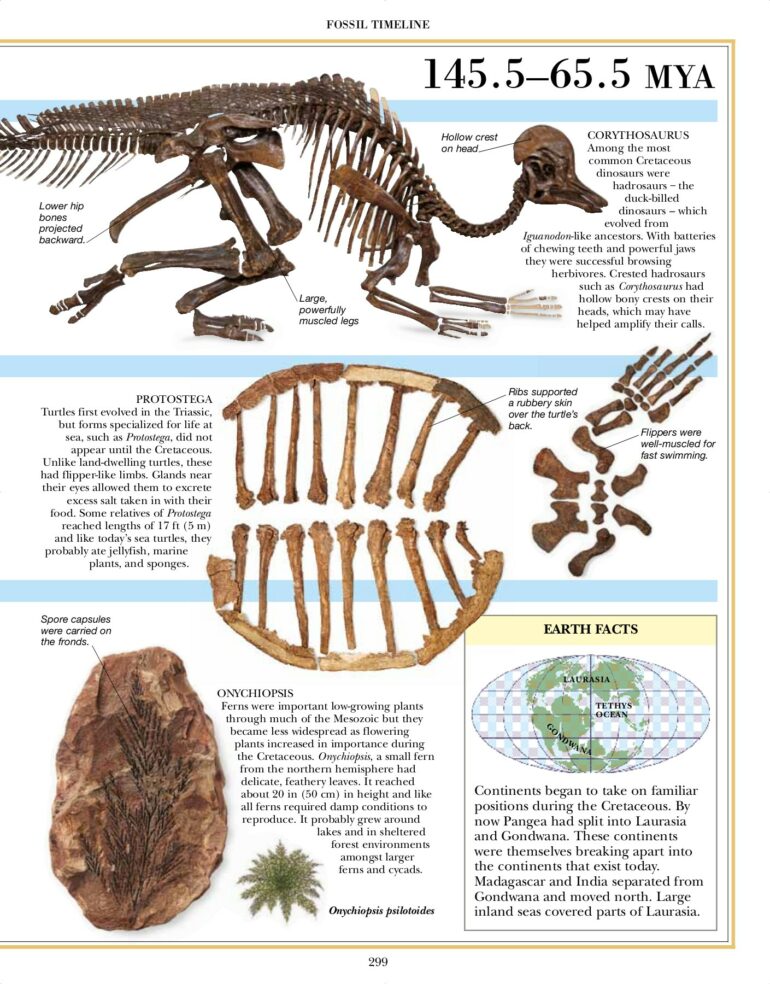In a new study published in New Phytologist, scientists at the Royal Botanic Gardens, Kew, along with partners in Latin America, Asia and Australia, present an updated family tree of orchids, tracing their origins to the northern hemisphere some 85 million years ago. Not only does the study shed new light on their complex and fascinating evolutionary history, but the study’s authors hope their findings will help inform future orchid conservation planning.
The orchid family, Orchidaceae, is often lauded by scientists as one of the greatest evolutionary marvels within the plant world. Not only are these flowering plants found on every continent except the Antarctic and in virtually every habitat, including north of the Arctic Circle, but they are also incredibly diverse, with an estimated 29,500 species—nearly three times more than the recognized number of bird species globally.
It is generally accepted that orchids originated as far back as around 90 million years or more ago, but they were previously thought to have emerged on the supercontinent Gondwana, in what is present-day Australia. However, the new study indicates their common ancestor may have originated in the northern hemisphere, on the supercontinent Laurasia, before spreading out further into the world.
RBG Kew’s scientists came to this conclusion after assembling the most densely sampled orchid tree of life ever produced. This new family tree includes nearly 40 percent of all the accepted orchid genera and about seven percent of the known species diversity.
This tree was reconstructed by merging different types of DNA sequence data obtained from across the orchid family. Central to the task was new, ‘high throughput’ gene capture data produced at RBG Kew as part of the Plant and Fungal Tree of Life (PaFToL) project. The resolution of the tree was further enhanced by combining the results with already published DNA sequences of many orchid species.
These DNA ‘barcoding’ sequences reflect decades of effort to establish family relationships between the various branches of the orchid evolutionary tree. Taken together with geographical distribution information, this wealth of data yielded a new orchid tree of life that also shows how orchid species diversity is distributed globally.
Dr. Natalia Przelomska, Lecturer at the University of Portsmouth and Research Associate at RBG Kew says, “Generating the ‘gene capture’ data in the laboratory from such a range of species wouldn’t have been possible without the geographical and historical breadth of the collections accessible for research in RBG Kew’s Herbarium.”
“I had the privilege of extracting DNA from field samples ranging from those recently collected by multiple field botanists involved in this research, going back to botanists such as A.C. Maingay and E.L. Ekman, who were exploring the Old-World tropics and Neotropics in the 19th and 20th centuries.”
Orchids are one of the most species-rich flowering plant families (rivaled only by the daisy family, Asteraceae) but also one of the most threatened. Some of the biggest threats to orchids today include deforestation, illegal trade, and climate change, which can cause extinctions or reductions in their ranges and population sizes.
As reported in RBG Kew’s State of the World’s Plants and Fungi 2023 report, 45 percent of the world’s known plants are estimated to be at risk of extinction, and this figure is even higher within the orchid family, with an estimated 56 percent of species under threat.
Having a better understanding of the individual branches of the orchid family tree and how they all connect will help scientists discover and describe new orchid biodiversity. In particular, they hope to achieve this in those parts of the globe where biodiversity loss is, unfortunately, accelerating.
According to the new report, one way to help conserve orchids is to understand better patterns of speciation—the evolutionary process by which populations develop into distinct species. In this case, it can reveal which ecosystems have above-average levels of orchid diversity as well as the highest evolutionary potential to host new orchid diversity.
Dr. Oscar Pérez, Research Leader—Integrated Monography at RBG Kew, says, “Our study is the first in revealing, at a global scale, which ecological regions have both the highest orchid evolutionary potential and species richness. That is, ecological regions that in very recent timescales (i.e., the last 2-3 million years) have served as the cradle of unprecedented speciation that resulted in the accumulation of remarkably high levels of orchid species diversity.”
“We think that such areas could have the carrying capacity to harbor even more diversity in the immediate future, for as long as their native ecological regions are protected. As such, the information our study provides on speciation and species-rich patterns can inform policies about the prioritization of ecosystems for their conservation.”
Unfortunately, orchids are going extinct at an alarming rate when compared to the time it took them to speciate—about 5 million years. This indicates they may not be able to bounce back from extinction in human timescales, even without a precise estimate of the number of orchid species that have gone extinct.
Prof. Alexandre Antonelli, Director of Science at RBG Kew and senior author of the study, says, “Orchids are not only extraordinary jewels of nature, they also hold untold mysteries about life on Earth: how species evolve, adapt and move. Safeguarding their future is critical for protecting the complex interactions they play in ecosystems and making sure those stories can one day be unveiled by scientists.”
This new study is but the first step in the scientists’ goal of drawing up a complete orchid tree of life encompassing all known genera. The authors also aim to establish the orchid family as the model lineage of choice for understanding how speciation and extinction happened across different ecosystems worldwide. Furthermore, this will help to understand how climate change, deforestation and illegal trade can affect the distribution of such species diversity in the near future.
More information:
Oscar A. Pérez‐Escobar et al, The origin and speciation of orchids, New Phytologist (2024). DOI: 10.1111/nph.19580
Provided by
Royal Botanic Gardens, Kew
Citation:
Study shows orchid family emerged in northern hemisphere and thrived alongside dinosaurs for 20 million years (2024, February 22)



